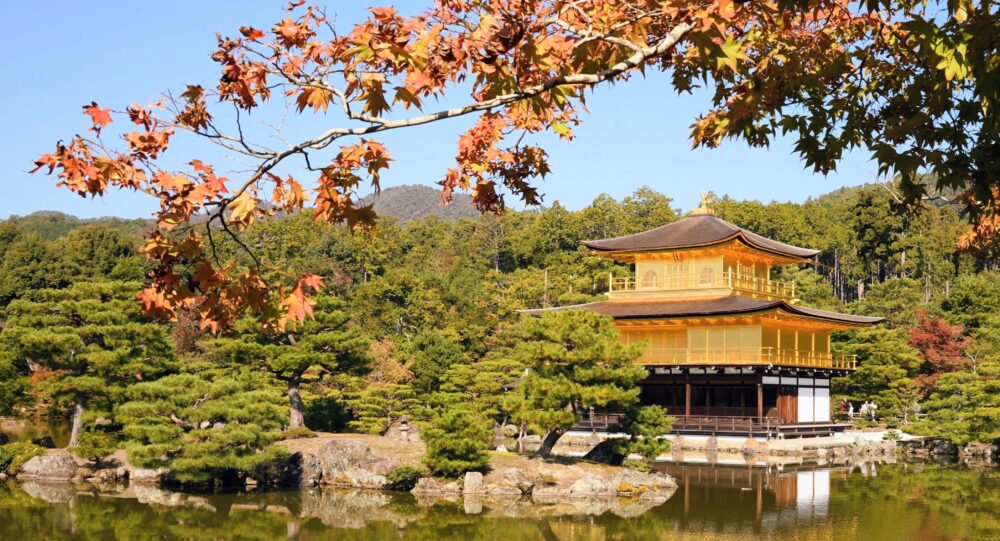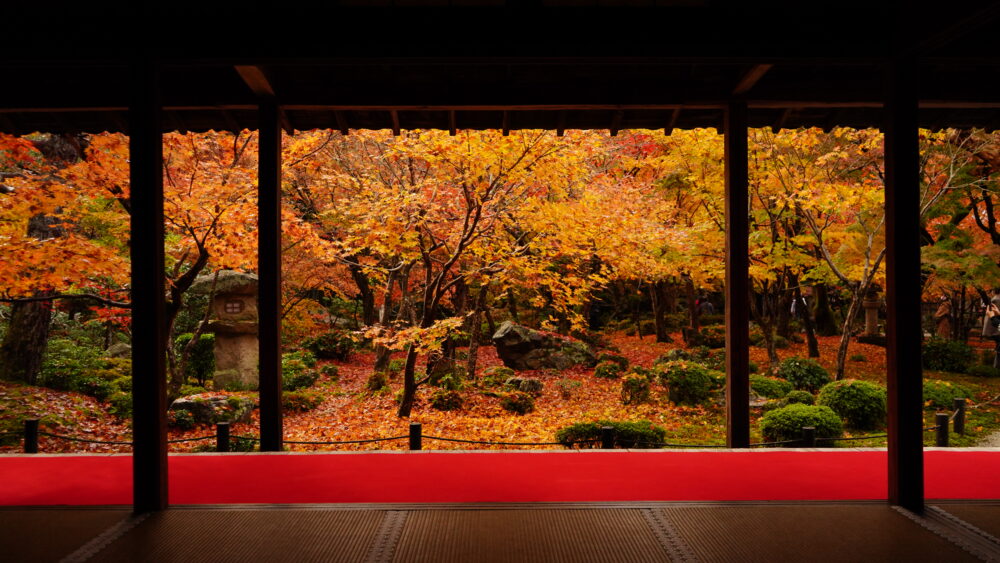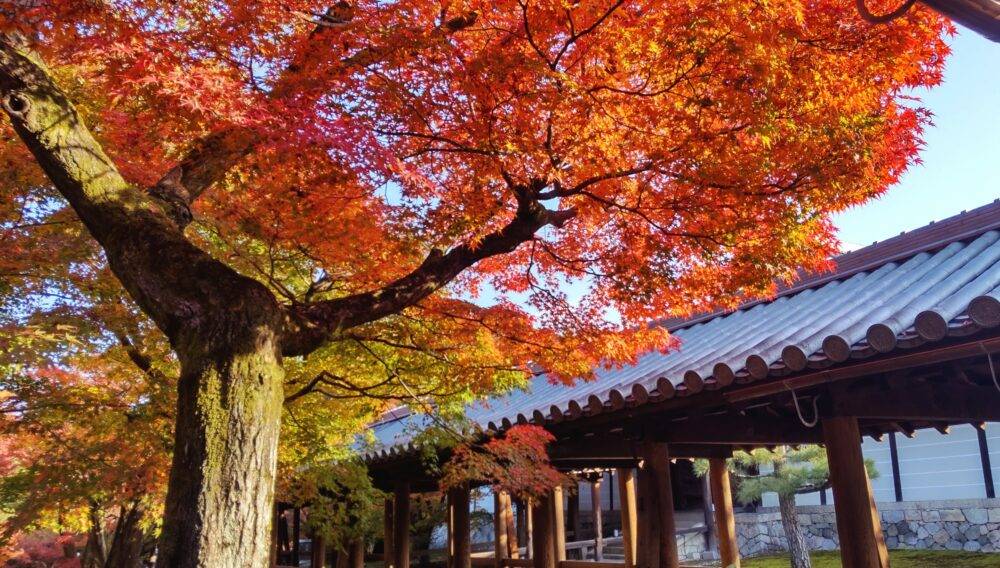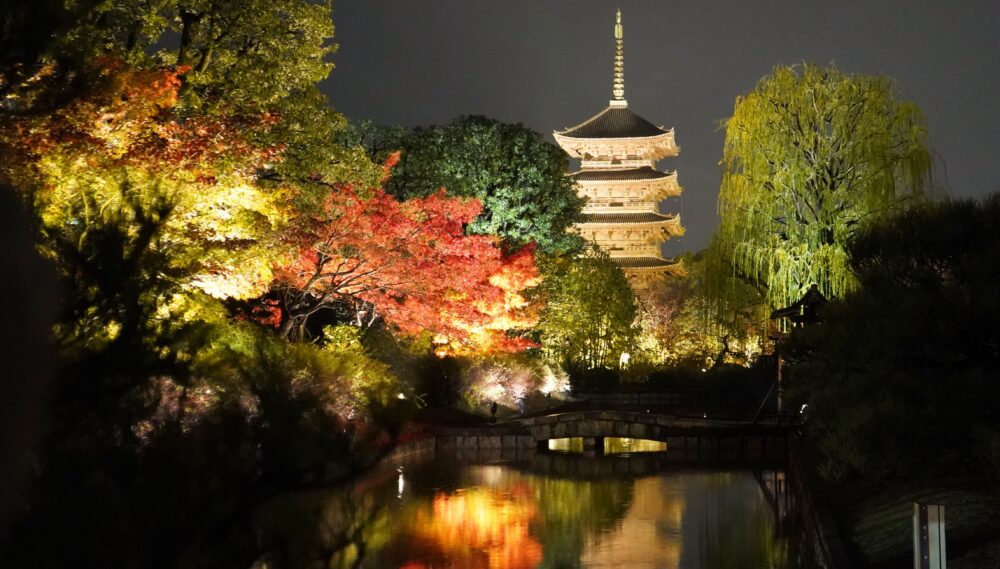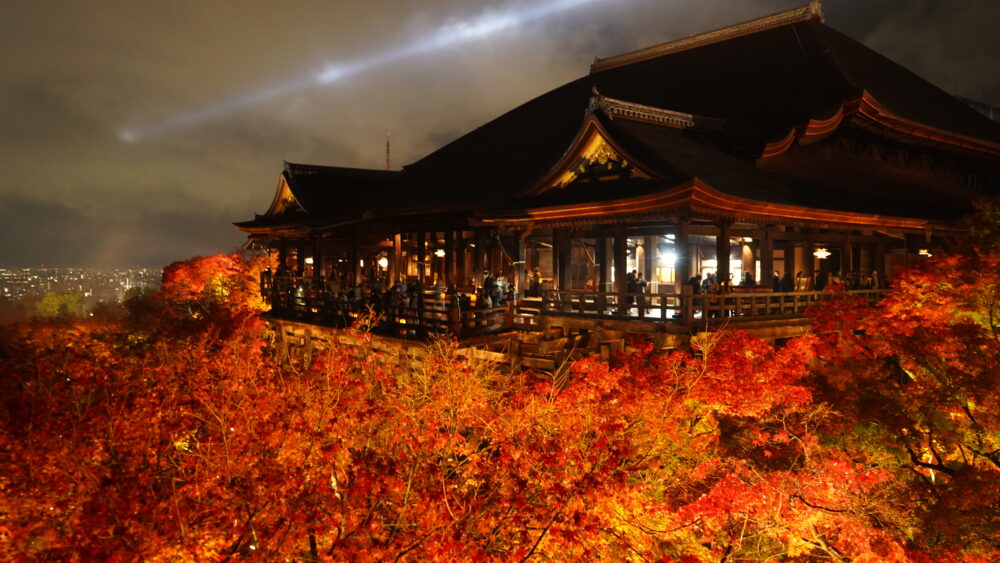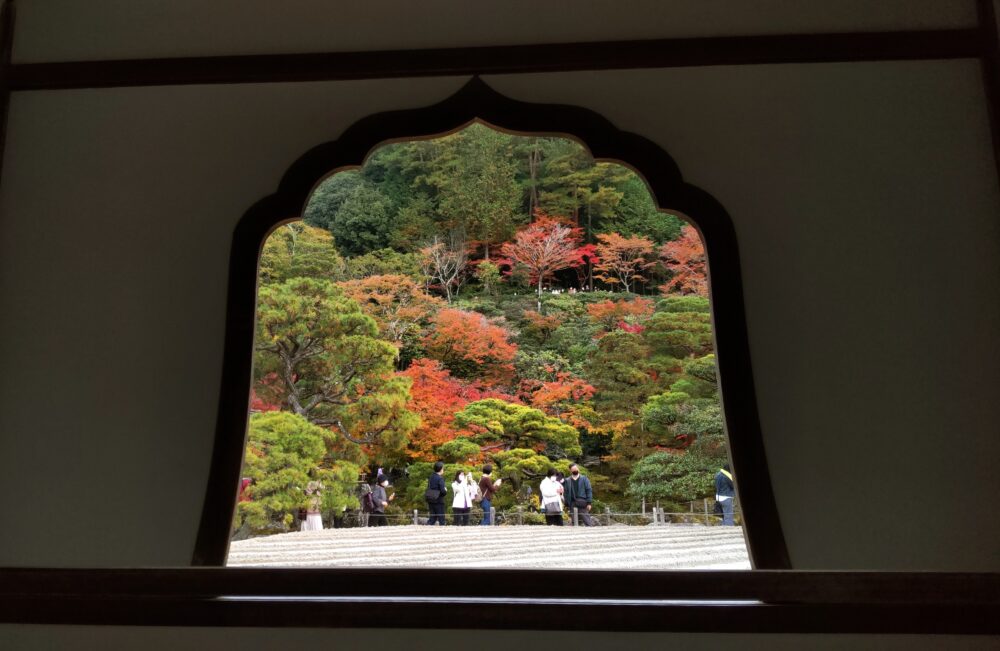Toji Temple | The best time to visit in 2025
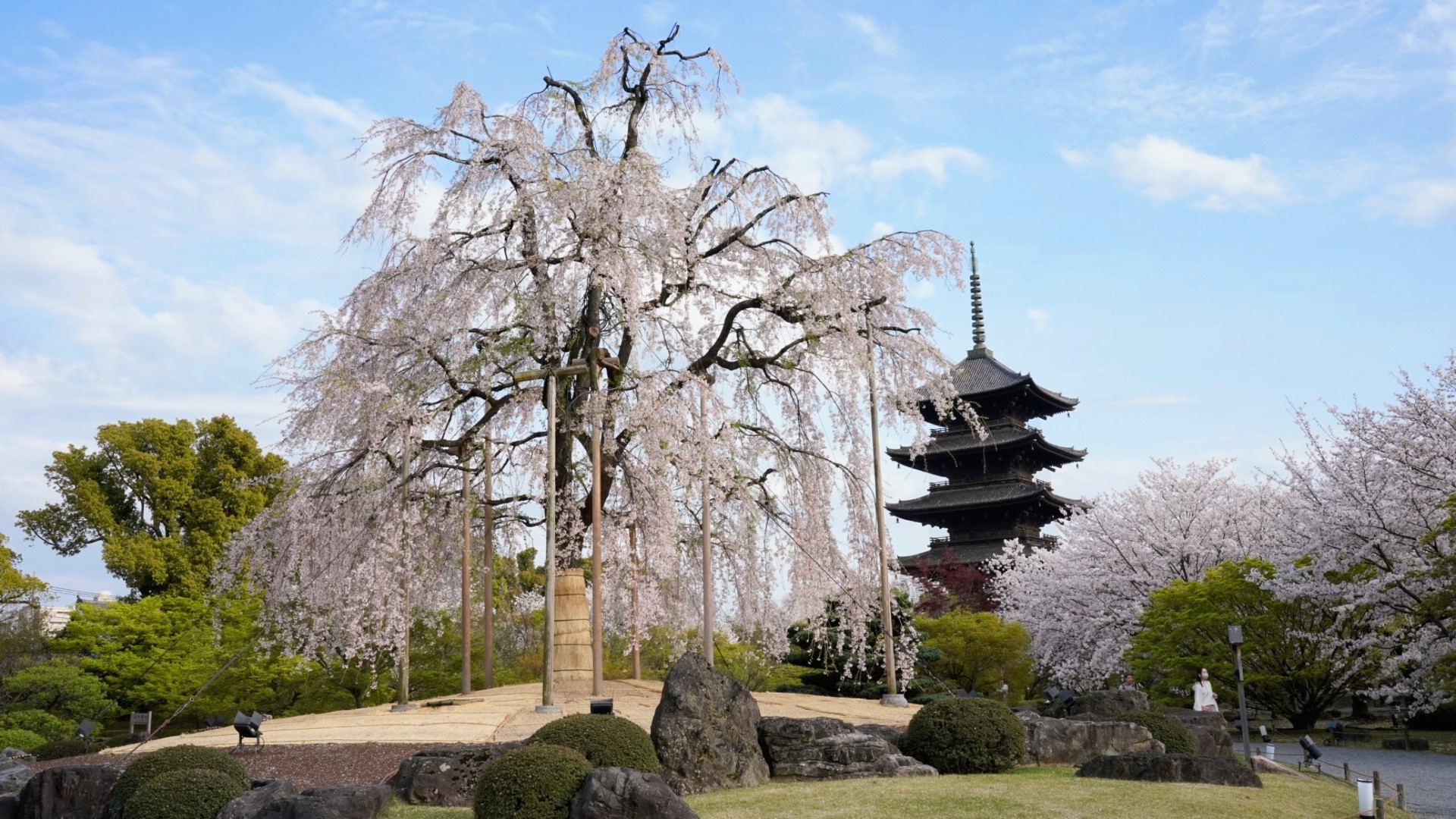
In the heart of Kyoto lies, Toji Temple is a symbol of the city’s deep history and spirituality. Standing for about 1200 years, this Shingon Buddhist temple is not only a UNESCO World Heritage site but also a unique testament to the long-standing traditions of Japanese Buddhism.
Just a stone’s throw from Kyoto Station, Toji Temple is both convenient to visit and full of wonders to explore, making it a top destination for tourists in Kyoto.
・To get a deeper understanding of Toji Temple, I recommend booking a private tour. You can sign up from the link below.
History
The emperor Kanmu relocated the capital from Nagaoka-kyo to Heian-kyo (present-day Kyoto city) in 794 and the main gate of Heian-kyo “Rashomon” was constructed.
Two years later , Toji Temple was established to the east of Rashomon Gate, and Saiji Temple to the west. However, Saiji Temple was destroyed by fire in 990, and only a stone monument remains there today.
In 823, Kukai, the founder of Shingon Buddhism, received To-ji Temple from Emperor Saga and made it a center for Shingon Buddhist education. In addition to the already existing Kon-do Hall, he built a Kodo Hall in the center of the temple complex to embody the teachings of Shingon Buddhism, and a five-storied pagoda to the southeast and a Kanjo-in Hall to the southwest. He developed To-ji Temple as a place for the practice of Shingon Buddhist thought. Kukai also gave To-ji Temple the alternative name of Kyo-o-go-koku-ji Temple.
Despite being damaged by uprisings and lightning strikes, structures of Toji have been reconstructed over time. In 1944, Toji was registered as a World Heritage Site under “Historic Monuments of Ancient Kyoto”.
Must-See Attractions
five-storied pagoda
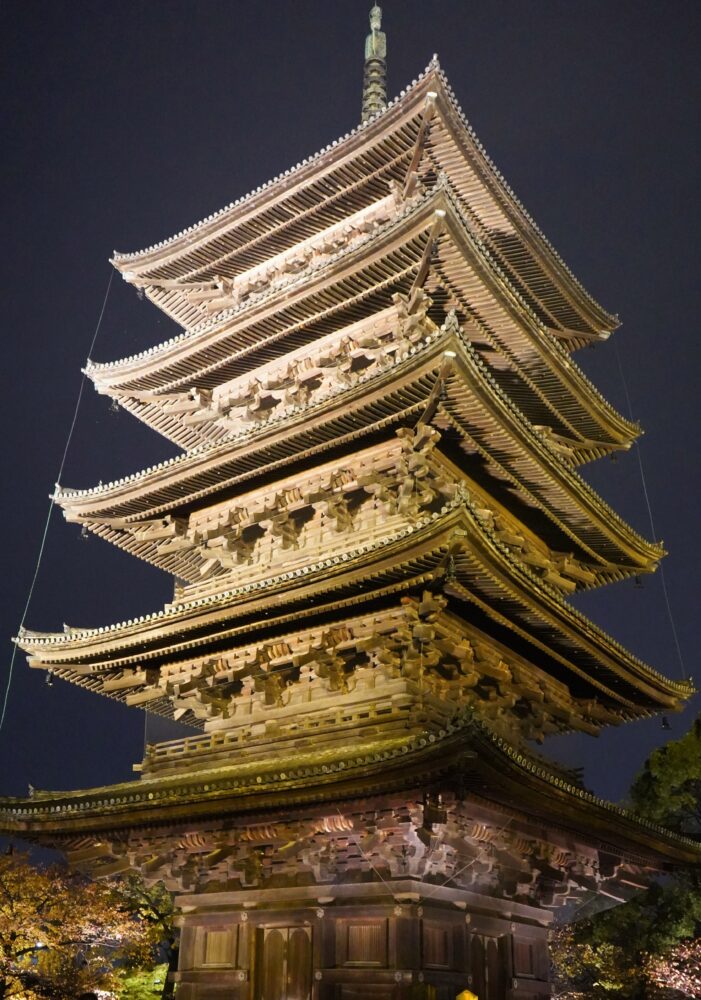
The five-storied pagoda is a representative structure of Toji and boasts the tallest height as a wooden architectural structure in Japan. Despite being destroyed four times by lightning strikes, it has been rebuilt each time. The current structure, rebuilt in 1644, is the fifth iteration and has been designated as a national treasure. Although it is usually not open to the public, the first floor of the five-storied pagoda is occasionally specially opened for viewing.
Main hall of Toji “Kondo”
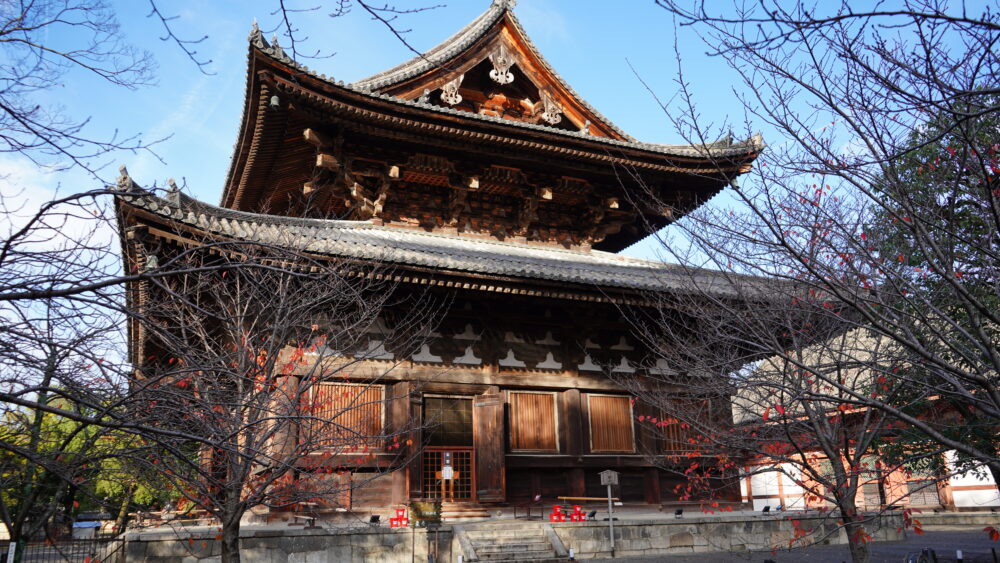
The main hall of Toji, Golden Hall “Kondo”, was the first structure to be constructed when Tō-ji was founded in 796. The Golden Hall houses the principal deity of Tō-ji, the Medicine Buddha”Yakushi nyorai”, along with two Bodhisattvas. Although the Kondo was destroyed by fire in 1486, it was rebuilt approximately 100 years later.
Lecture Hall “Kodo”
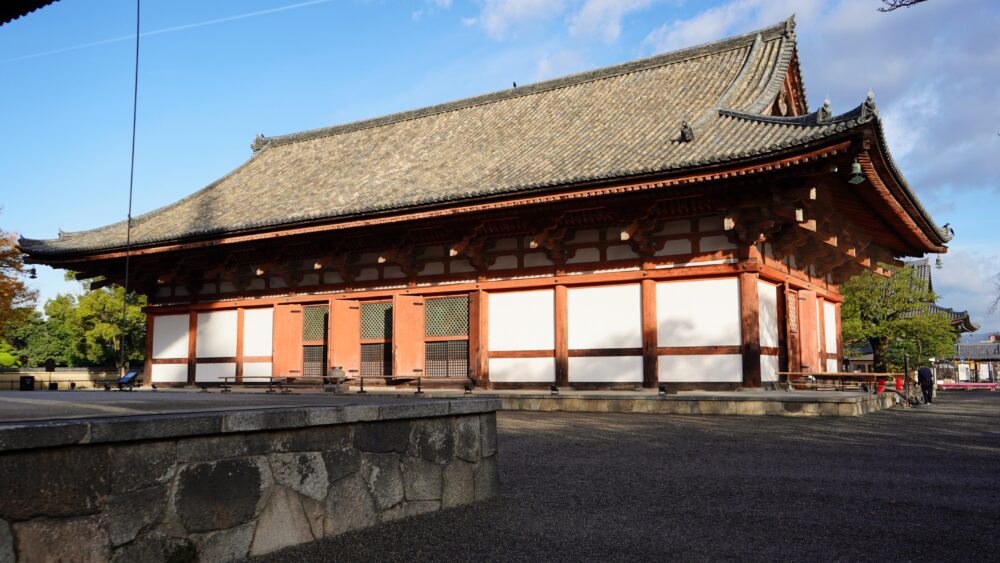
Located at the center of the Tō-ji temple grounds is the Lecture Hall “Kodo”. Inside the building, there are twenty-one Buddhist statues, including Dainichi Nyorai and Fudo Myo-o, and a three-dimensional mandala “Rittai Mandara” is arranged to visually express the teachings of Esoteric Buddhism, the world of enlightment. Although it was destroyed by typhoon and earthquake, it was rebuilt in 1491.
Treasure museum “Homotukan”
“Homotukan” is a hall that preserves treasures such as sculptures, paintings, and books, relocated from each hall of Toji. It has been specially opened to the public only in spring and autumn since 1965. A highlight of the museum is the 584.6 cm tall statue of the Thousand-Armed Kannon “Senju Kannon”.
Old treasure museum “Hozo”
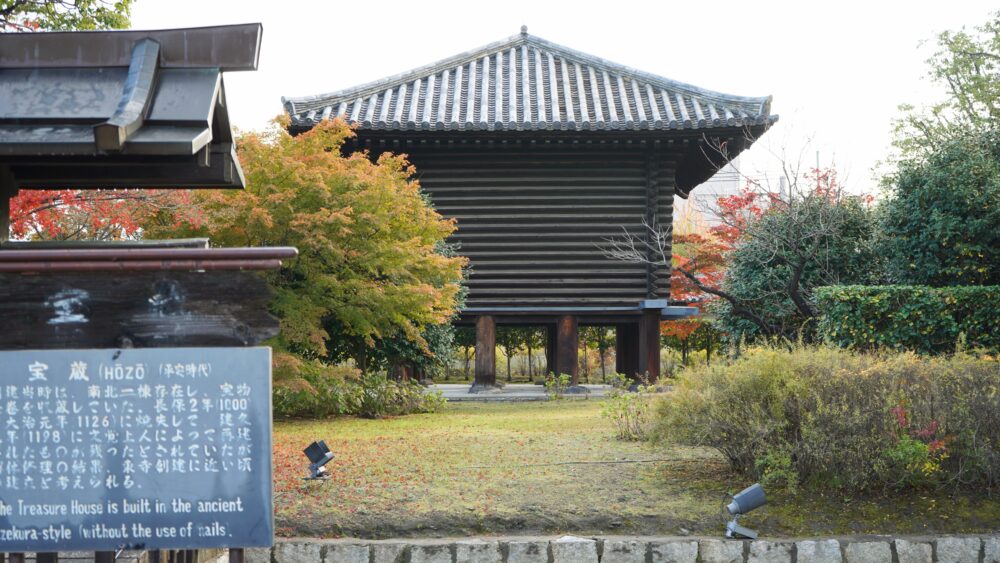
Before the establishment of “Homotukan”, the treasure house “Hozo”, located in eastern part of Toji, stored many temple treasures, such as Esoteric Buddhist ritual implements and mandalas. To prevent the spread of fire from other buildings, the treasure house is surrounded by a moat.
Residence of Kukai “Miedo”
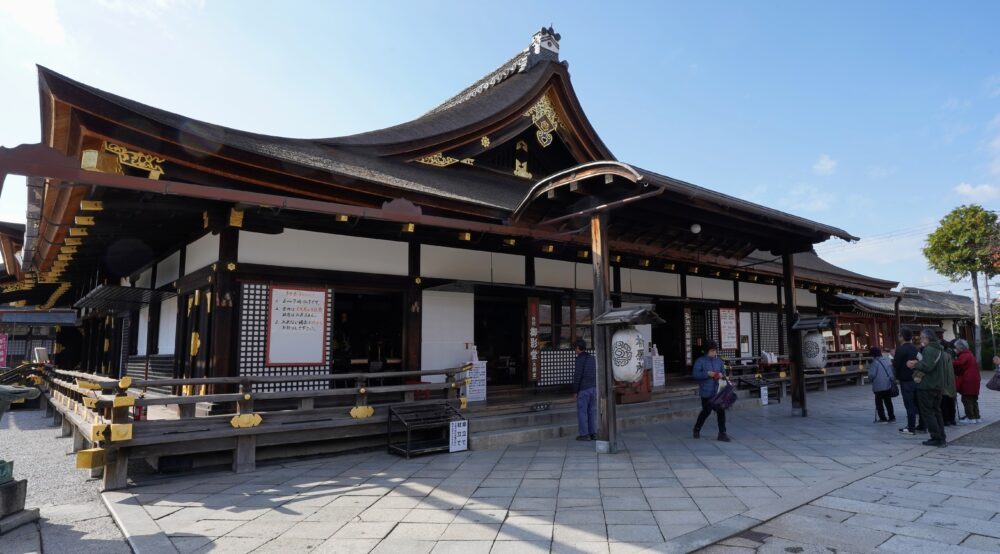
The “Miedo,” once the residence of Kukai, is located to the west of Tō-ji. Currently, a wooden statue of Kukai is enshrined inside. Every morning at 6 a.m, a ritual called “Shojinku” is performed, which a meal and tea is offered to the statue of Kukai.
Sub-temple of Toji “Kanchi-in”
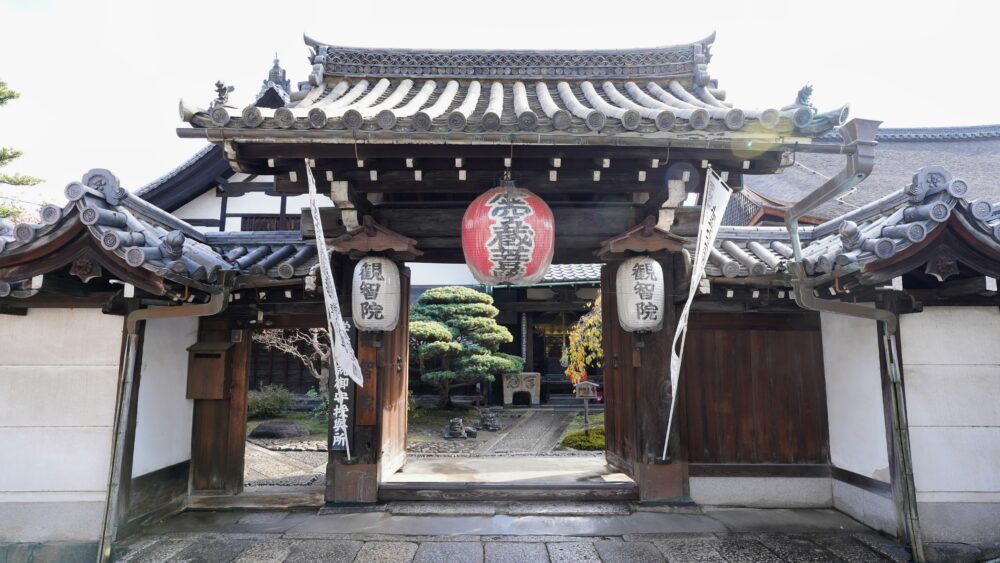
Kanchi-in, located in northern west of Toji, is a sub-temple, founded during the Nanboku-cho period from 1336 to 1392. Inside the temple, there are five principal Bodhisattva statues, each representing one of the five wisdoms.
The best season
Spring
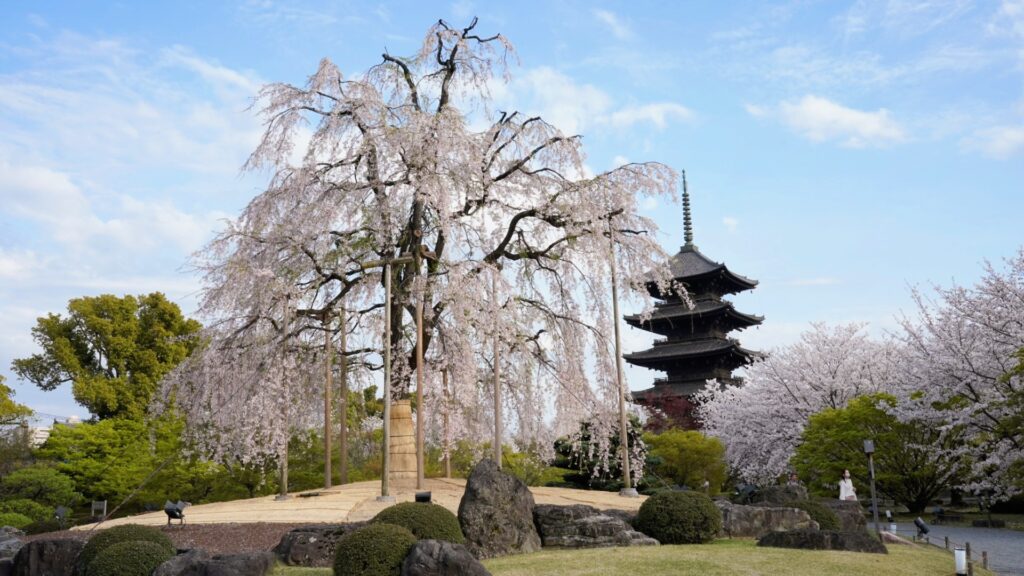
The gardens of Toji are also very popular during the cherry blossom season in spring . Near the entrance of the garden, there is a weeping cherry tree that stands 13 meters tall and 10 meters wide, offering a breathtaking view. Additionally, the temple grounds are planted with Somei Yoshino cherry trees, a common variety in Japan. In late March, when they bloom, the garden is awash in pink.
During this period, the garden is also illuminated at night, presenting a scene of refined beauty, distinct from the autumn experience.
Autumn (from late November to early December)
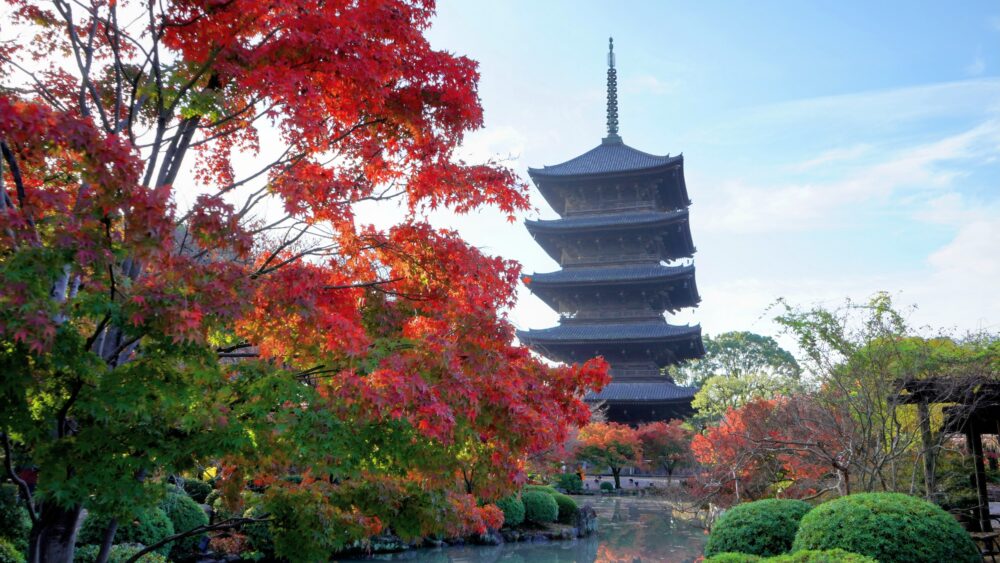
The gardens of Toji are famous for their fall foliage, especially from late November to early December. Near the five-story pagoda, there is a walking pond garden with a gourd-shaped pond “Hyotan-ike”. Many maple trees are planted around the pond and along the paths, and the combination of these maple trees and the Five-storied Pagoda is magnificent.
The five-story pagoda faces southeast, which means the morning sun is directly behind it. For best photo opportunities, consider visiting in the afternoon.
During the night illumination, the fiery red maples and the illuminated pagoda reflected in the pond create a magical scenery.
Kobo-ichi Market
Kobo-ichi Market is a flea market held on the 21st of every month on the grounds of To-ji Temple.
Originally, the memorial service of Kukai, the founder of Shingon Buddhism, is held on the 21st of every month in his honor, who died on March 21th, 835. In conjunction with the service, a flea market is also held, featuring over 1,000 stalls selling a wide variety of items, including antiques, clothing, food, and more. The market attracts over 200,000 visitors each month, with the January and December markets being particularly popular.
How to avoid crowds
Toji is popular with tourists due to its proximity to Kyoto Station and its many attractions. The high seasons of spring and autumn are particularly crowded, so advance preparation is necessary.
- It’s a 14-minute walk from JR Kyoto Station to the East Gate entrance of Toji. Additionally, buses run from in front of Kyoto Station, with the nearest bus stop being” Toji Higashi mon mae”.
- If possible, it’s advisable to avoid weekends and public holidays and visit on a weekday.
- The times when it’s less crowded are 8:00a.m. just after the gates open. During the illumination event at night, the time just before the end of the light-up at 8:30p.m. also sees fewer visitors.
- Kyoto City offers a real-time congestion forecast service that allows visitors to check the expected level of congestion around Toji temple, near by Kyoto station.
Congestion Forecast Service Website - For its nighttime illuminations, Toji Temple offers early admission tickets that can be purchased online in advance. While the night illumination begins at 6:00 p.m., early admission ticket holders have the privilege of entering the temple at 5:10 p.m. This exclusive access allows you to explore the temple grounds and enjoy the stunning illuminations before the crowds. I highly recommend purchasing these tickets in advance to ensure a smooth and enjoyable visit.
Early Admission Ticket Site
Information
・Day time
Open hours
All season
| Place | time |
|---|---|
| ・Entrance ・Miedo | 5:00a.m. – 5:00p.m. |
| ・Kondo(Main Hall) ・Kodo(Lecture Hall) ・Five-storied pagoda first floor | 8:00a.m. – 5:00p.m.( Last entry is at 4:30p.m.) |
| ・Kanchi-in ・Homotu-in | 9:00a.m. – 5:00p.m.( Last entry is at 4:30p.m.) |
※Temple is closed during after day time and before night time(5:00p.m. – 6:00p.m.)
Cannot be used as a Special night viewing ticket
・Day time entrance fee
Normal season(May 26th to September 19th)
| Place | Price |
|---|---|
| Kondo and Kodo | ・Adults: 500yen ・High school students : 400yen ・Junior high school students and younger: 300yen |
| Kanchi-in | ・Adults: 500yen ・Junior high school students and younger: 300yen |
| All Places | ・Adults: 800yen ・Junior high school students and younger: 500yen |
Fall season(September 20th to October 25th)
| Place | Price |
|---|---|
| Kondo and Kodo | ・Adults: 500yen ・High school students : 400yen ・Junior high school students and younger: 300yen |
| Kanchi-in | ・Adult: 500yen ・Junior high school students and younger: 300yen |
| Homotu-kan | ・Adult: 500yen ・Junior high school students and younger: 300yen |
| All Places | ・Adult: 1,000yen ・Junior high school students and younger: 500yen |
Special fall season(October 26th to November 25th)
| Place | Price |
|---|---|
| First floor of the five-storied pagoda , Kondo and Kodo | ・Adults: 800yen ・High school students : 700yen ・Junior high school students and younger: 500yen |
| Kanchi-in | ・Adult: 500yen ・Junior high school students and younger: 300yen |
| Homotu-kan | ・Adult: 500yen ・Junior high school students and younger: 300yen |
| All Places | ・Adult: 1,300yen ・Junior high school students and younger: 800yen |
Special fall season(November 26th to December 8th)
| Place | Price |
|---|---|
| First floor of the five-storied pagoda , Kondo and Kodo | ・Adults: 800yen ・High school students : 700yen ・Junior high school students and younger: 500yen |
| Kanchi-in | ・Adults: 500yen ・Junior high school students and younger: 300yen |
| All Places | ・Adults: 1,000yen ・Junior high school students and younger: 800yen |
Winter season(December 9th to 31st)
| Place | Price |
|---|---|
| First floor of the five-storied pagoda , Kondo and Kodo | ・Adults: 500yen ・High school students : 400yen ・Junior high school students and younger: 300yen |
| Kanchi-in | ・Adults: 500yen ・Junior high school students and younger: 300yen |
| All Places | ・Adults: 800yen ・Junior high school students and younger: 500yen |
・ Nighttime illumination
| Period | time |
|---|---|
| October 26th to December 8th | 6:00 p.m. – 9:30 p.m.(Last entry is at 9:00 p.m.) |
| Place | Price |
|---|---|
| Kondo and Kodo | ・Adults: 1000yen ・Junior high school students and younger: 500yen |
Adress
1 Kujocho, Minami Ward, Kyoto, 601-8473
How to get Toji temple
- It’s 14-minutes walking from JR Kyoto Station to Toji Keigamon entrance gate(East)
- Nearest bas stop is Toji higashimon mae
Camera use policy
・Photography using drones, monopods or tripods are prohibited.
・Unauthorized filming of weddings, cosplay, or fashion shoots with models is also prohibited.
・It is also not allowed to take pictures of the interior of the building or of the statues.
Official site
Toji temple
